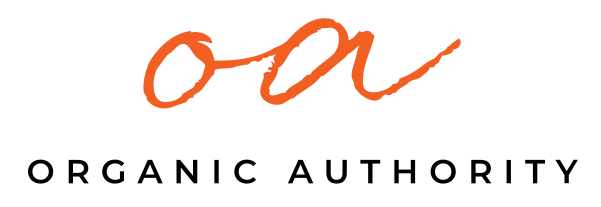1300 Calorie Meal Plan Psychology: Why Your Hormones Matter More Than Your Willpower

Here’s what I’ve learned after trying (and failing at) more diet plans than I care to admit: most people think a 1300-calorie meal plan is just about eating less food. Spoiler alert – it’s not. There’s this whole complicated dance happening between your hormones, your stress levels, and your brain that nobody warns you about.
Research shows that a well-structured 1300-calorie high-protein plan can provide approximately 127g protein, 58g net carbs, 57g fat, and 15g fiber per day (Strongr Fastr). Sounds neat and tidy on paper, right? In real life, it’s messier – but it can actually work if you understand what your body is doing behind the scenes.
This isn’t another “eat less, move more” lecture. It’s about why some people thrive on 1300 calories while others feel like they’re slowly dying, and how you can figure out which camp you’re in before you drive yourself crazy.
Table of Contents
- The Hidden Hormonal Game Your Body Plays at 1300 Calories
- Why Your Brain Sabotages Your Best Diet Intentions (And How to Stop It)
- Your Unique Body Blueprint: Why Cookie-Cutter Plans Fail
- Making Every Calorie Count: The Quality Revolution
TL;DR
- Your hunger hormones go completely haywire in the first 72 hours – pay attention during this window or you’ll be fighting an uphill battle for weeks
- Stress can make your body act like you’re eating way less than you actually are (which explains those soul-crushing plateaus)
- Decision fatigue kills more diets than actual hunger – create meal templates so you don’t have to think so much
- Your body has preferences about carbs vs. fats that you need to figure out through trial and error
- Meal timing based on when you actually get hungry works better than forcing yourself into arbitrary schedules
- When you’re only eating 1300 calories, every bite needs to count – no room for foods that leave you hangry an hour later
The Hidden Hormonal Game Your Body Plays at 1300 Calories
Can we talk about something for a minute? When you drop to 1300 calories, your body doesn’t just quietly accept less food and move on with its day. It throws a hormonal tantrum that can last weeks if you don’t know what’s happening.
I’ve watched friends start the exact same 1300 calorie plan with completely different results. One person feels energized and satisfied, while the other is ready to eat their own arm by day three. The difference isn’t willpower or motivation – it’s how their hormones respond to suddenly getting less fuel.
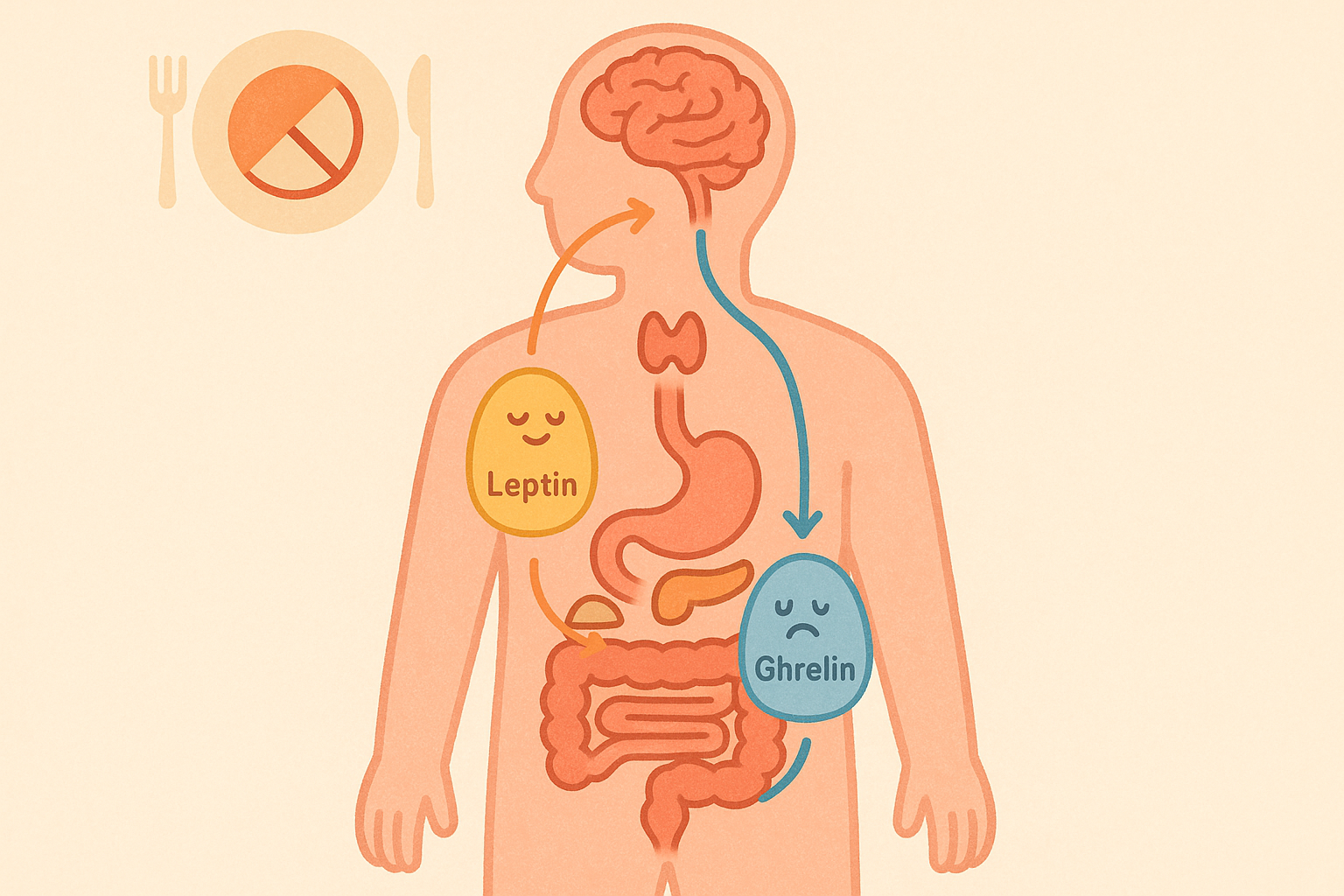
How Your Hunger Hormones Rewire Themselves
Your hunger hormones – leptin and ghrelin – don’t just turn up or down like a volume knob. They completely change their communication pattern, and you need to figure out if they’re working with you or plotting against you.
Understanding your body’s natural hunger signals becomes crucial when you’re trying to work within limits. For those considering different approaches, learning how to find your carb tolerance with the keto diet can give you insights into how your body prefers to fuel itself, even within a calorie-controlled framework.
The Make-or-Break 72-Hour Window
Here’s something I wish someone had told me: your body’s hormonal response to 1300 calories gets locked in during the first three days. Miss the signs during this critical period, and you’ll spend the next month white-knuckling your way through cravings that could have been avoided.
I learned to track my hunger every few hours for those first three days – not obsessively, just noting when I felt genuinely hungry versus when I was just bored or stressed. Those patterns aren’t random; they’re your body telling you exactly when it wants fuel. Once you know the pattern, you can work with it instead of fighting it.
Take my friend Sarah. She started her 1300-calorie plan on Monday morning feeling all motivated and organized. By Wednesday, she noticed she got genuinely hungry at 10 AM, 2 PM, and 6 PM like clockwork. Instead of trying to power through with willpower, she moved her meals to 9:30 AM (350 calories), 1:30 PM (400 calories), and 5:30 PM (450 calories), with tiny 50-calorie snacks during her naturally low-energy times. Her evening cravings disappeared completely.
Why Stress Makes Your Body Think You’re Starving
This is the part that made me want to throw my food scale out the window. High cortisol levels can trick your metabolism into acting like you’re eating way fewer calories than you actually are. So you’re diligently eating your 1300 calories, but your body is responding like it’s getting 1000. No wonder some people plateau immediately while others see steady progress.
I had to get real about my stress levels before starting. Now I do something – anything – to chill out for 30 minutes before meals. Sometimes it’s deep breathing, sometimes it’s just sitting outside for a few minutes. And here’s something counterintuitive: I eat my biggest meal in mid-afternoon when cortisol naturally dips, not at dinner like I was taught growing up.
The Micronutrient Density Game-Changer
At 1300 calories, you literally cannot afford to waste calories on junk that leaves you hungry an hour later. I learned this lesson when I blew 400 calories on a muffin that tasted like sweet cardboard and left me hangry by 10 AM.
According to nutrition research, an average woman of 68 kg or 150 lbs should aim for at least 82 grams of protein per day (BetterMe World), which is about 25% of your total calories on a 1300-calorie plan. That’s not negotiable – your body will literally drive you to overeat if you don’t hit your protein targets.
| Macronutrient | Percentage | Calories | Grams |
|---|---|---|---|
| Protein | 25% | 328 | 82g |
| Fat | 20% | 260 | 29g |
| Carbohydrates | 55% | 715 | 179g |
The 80/20 Rule That Actually Works
I aim for 80% of my calories from whole foods that actually do something for my body, with 20% flexibility for the processed stuff that keeps me sane. This isn’t about being perfect – it’s about making sure my body gets what it needs to function on less fuel.

When Your Body Absorbs Nutrients Best
Your digestive system has natural rhythms, and timing your most nutrient-packed foods when absorption peaks helps you get more bang for your caloric buck. It’s like strategic eating instead of just hoping for the best.
The Protein Trap That Derails Most Plans
Here’s the thing nobody tells you: your body has an unconscious drive to seek protein. If you don’t hit your targets within your 1300-calorie framework, it’ll push you to overeat everything else. This explains why you can count calories perfectly but still struggle with portion control – your body is literally hunting for more protein.
Training Your Metabolism to Be Flexible
A 1300-calorie plan can actually teach your body to efficiently switch between burning carbs and fat for fuel. But this metabolic flexibility doesn’t happen by accident – you need specific strategies, not just “eat less and hope.”
Metabolic flexibility becomes even more important when calories are restricted. Many people find success combining structured eating with intermittent fasting approaches designed specifically for women, which can help your body adapt to lower calorie intake without completely freaking out.
Strategic Carb Cycling Within Your Calorie Limit
I alternate between higher and lower carbohydrate days within my 1300-calorie budget to keep my metabolism from getting too comfortable. It’s like keeping your body guessing while maintaining the deficit you need for results.
My approach: 3 days per week are “higher carb” (150g+ carbs) within my 1300 calories. Then 2-3 days are “moderate carb” (75-100g) focusing on protein and healthy fats. Finally, 1-2 days are “lower carb” (under 50g) to enhance fat burning. The calories stay the same, but the fuel mix changes.
This prevents the metabolic slowdown that often derails a 1200 calorie diet by keeping your body from fully adapting to the restriction.
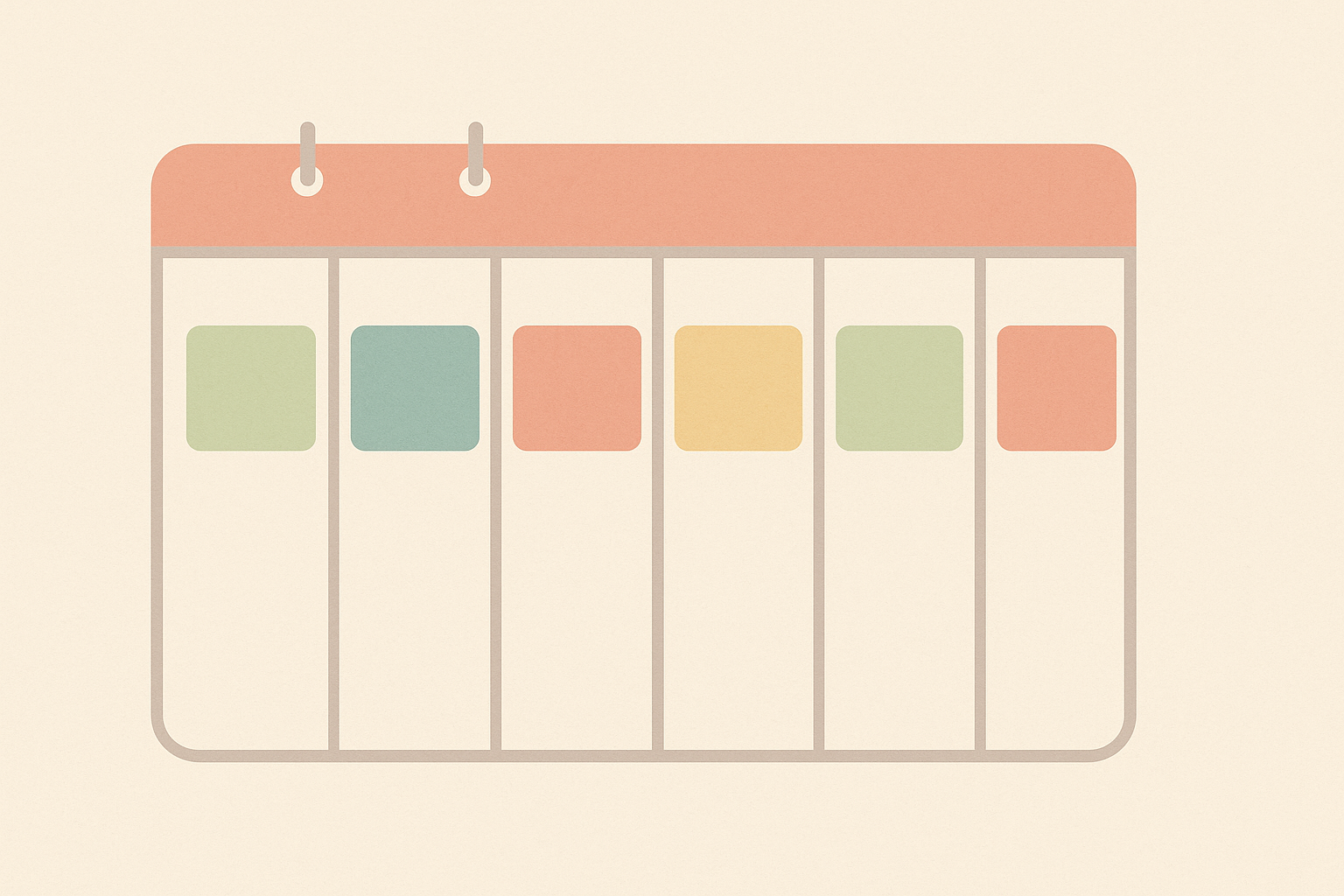
Amplifying Results with Strategic Fasting Windows
Combining 1300 calories with specific fasting windows can amplify benefits, but the timing has to match your individual patterns. Get it wrong, and you’ll mess up your hormones. Get it right, and you’ll actually accelerate your results without feeling deprived.
Why Your Brain Sabotages Your Best Diet Intentions (And How to Stop It)
Here’s the thing nobody tells you about maintaining 1300 calories: the mental game goes way deeper than “just have more willpower.” Your brain has specific patterns that either support your efforts or completely sabotage them, and willpower has surprisingly little to do with it.
I’ve seen people nail their 1300 calorie meal plan for weeks, then suddenly fall off completely. The problem wasn’t their discipline – it was decision fatigue slowly wearing them down until their mental resources were completely shot.
Eliminating Decision Fatigue Before It Kills Your Progress
Every single food decision you make throughout the day drains your mental energy. By evening, you’ve used up all your willpower on dozens of micro-choices about what to eat. The solution isn’t more discipline – it’s fewer decisions.
The Template System That Removes Daily Food Stress
Creating 3-4 rotating meal templates eliminates the daily mental torture of figuring out what to eat within your calorie budget. You get variety without the exhausting process of calculating every meal from scratch.
I designed 4 breakfast templates (each exactly 300-350 calories), 4 lunch templates (each 350-400 calories), and 4 dinner templates (each 450-500 calories). Then I rotate through them weekly. No more standing in the kitchen at 7 PM wondering what I can eat – the decision’s already made.
My friend Mark created four breakfast templates: Template A (Greek yogurt with berries and granola – 340 calories), Template B (scrambled eggs with vegetables and toast – 330 calories), Template C (protein smoothie with spinach and banana – 345 calories), and Template D (oatmeal with nuts and fruit – 335 calories). He rotates through these weekly, never having to think about breakfast calculations again while staying perfectly on track.
Having consistent breakfast templates is crucial for success, especially when following a structured approach. Learning how to make oatmeal perfect every time can provide one reliable template that delivers both nutrition and satisfaction within your calorie targets.
Daily Meal Planning Checklist:
- ☐ Choose breakfast template (300-350 calories)
- ☐ Select lunch template (350-400 calories)
- ☐ Pick dinner template (450-500 calories)
- ☐ Plan 100-150 calories for snacks
- ☐ Verify total equals 1300 calories
- ☐ Prep ingredients the night before (if you’re feeling ambitious)
Creating Automatic Success Through Ritual
Establishing specific rituals around meal planning and preparation creates psychological anchors that make adherence feel automatic rather than like a constant battle. These rituals become your success autopilot system.
I choose one day weekly for meal prep and planning – usually Sunday afternoon when I’m already home and relatively relaxed. Creating a physical or digital “meal map” showing each day’s 1300-calorie breakdown removes the guesswork. My non-negotiable prep rituals become the foundation that makes everything else possible.
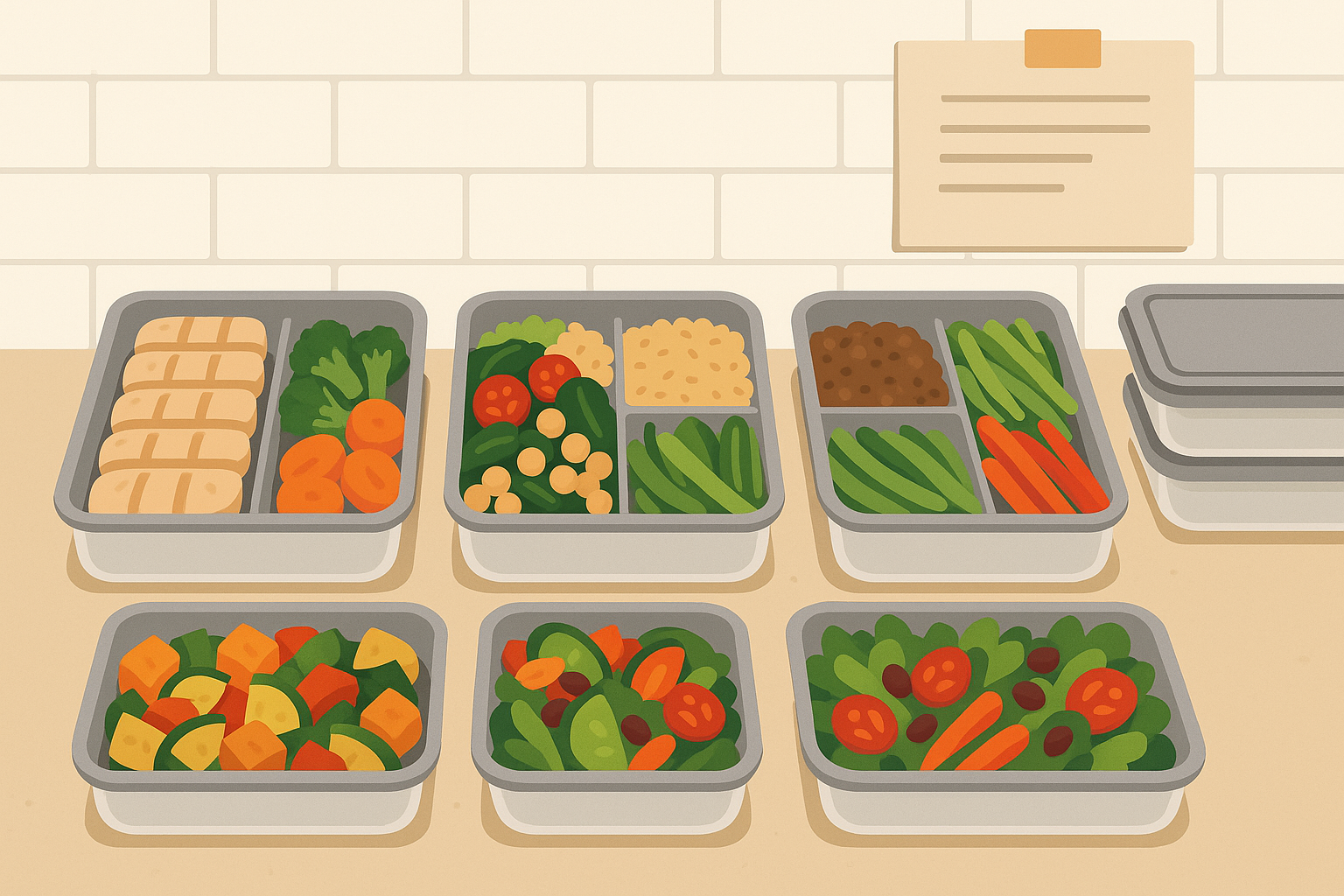
Navigating Social Situations Without Losing Your Mind
Managing social eating while maintaining 1300 calories requires specific strategies that preserve your relationships while supporting your goals. This isn’t about becoming a hermit or being the person who brings their own food to every gathering.
Strategic Transparency: Who to Tell and When
Selectively sharing your 1300-calorie commitment with key people in your life creates accountability without inviting unwanted advice or sabotage. Not everyone needs to know your business, but the right people can become powerful allies.
Flexible Boundaries That Actually Work
I identify my top 5 most important social eating occasions each month. During these events, I plan to eat at maintenance calories (not 1300) so I can actually enjoy myself without obsessing. Then I adjust other days in the week to maintain my weekly calorie targets. It’s about playing the long game, not winning every single day.
Social Eating Strategy Template:
- Identify 5 priority social events per month
- Plan maintenance calories (not 1300) for these events
- Reduce calories by 100-150 on surrounding days
- Focus on protein and vegetables at social gatherings when possible
- Bring a healthy dish to share when it makes sense
Your Unique Body Blueprint: Why Cookie-Cutter Plans Fail
Your genetic makeup, metabolic type, and lifestyle create a completely unique response to 1300-calorie meal plans. What works perfectly for your coworker might leave you exhausted and craving everything in sight. Understanding your individual blueprint is the key to making any calorie-controlled approach sustainable instead of miserable.
I’ve watched identical twins follow the same 1300 calorie diet plan with completely different results. One thrived while the other struggled with constant hunger and fatigue. The difference wasn’t compliance – it was their individual metabolic responses to the same macronutrient ratios.
Discovering Your Personal Metabolic Sweet Spot
Your unique metabolic type determines which macronutrient ratios within 1300 calories will feel satisfying and sustainable versus triggering cravings and energy crashes. There’s no universal “best” ratio – only what works best for your specific body.
Research shows that protein can help reduce levels of ghrelin, the hunger hormone, which makes you feel fuller for longer, thereby helping reduce your calorie intake (BetterMe World), making it crucial to find your optimal protein ratio within the 1300-calorie framework.
Finding Your Carb Tolerance Level
Some people thrive on higher carbohydrate ratios within their 1300 calories, while others need lower carb approaches to feel satisfied and maintain stable energy. The only way to know is to test systematically instead of guessing.
I tested three different macronutrient ratios for one week each. Higher carb: 50% carbs, 25% protein, 25% fat. Moderate carb: 35% carbs, 30% protein, 35% fat. Lower carb: 20% carbs, 35% protein, 45% fat. I tracked energy levels, hunger, and cravings with each approach, then chose the ratio that provided the most stable energy and satisfaction.
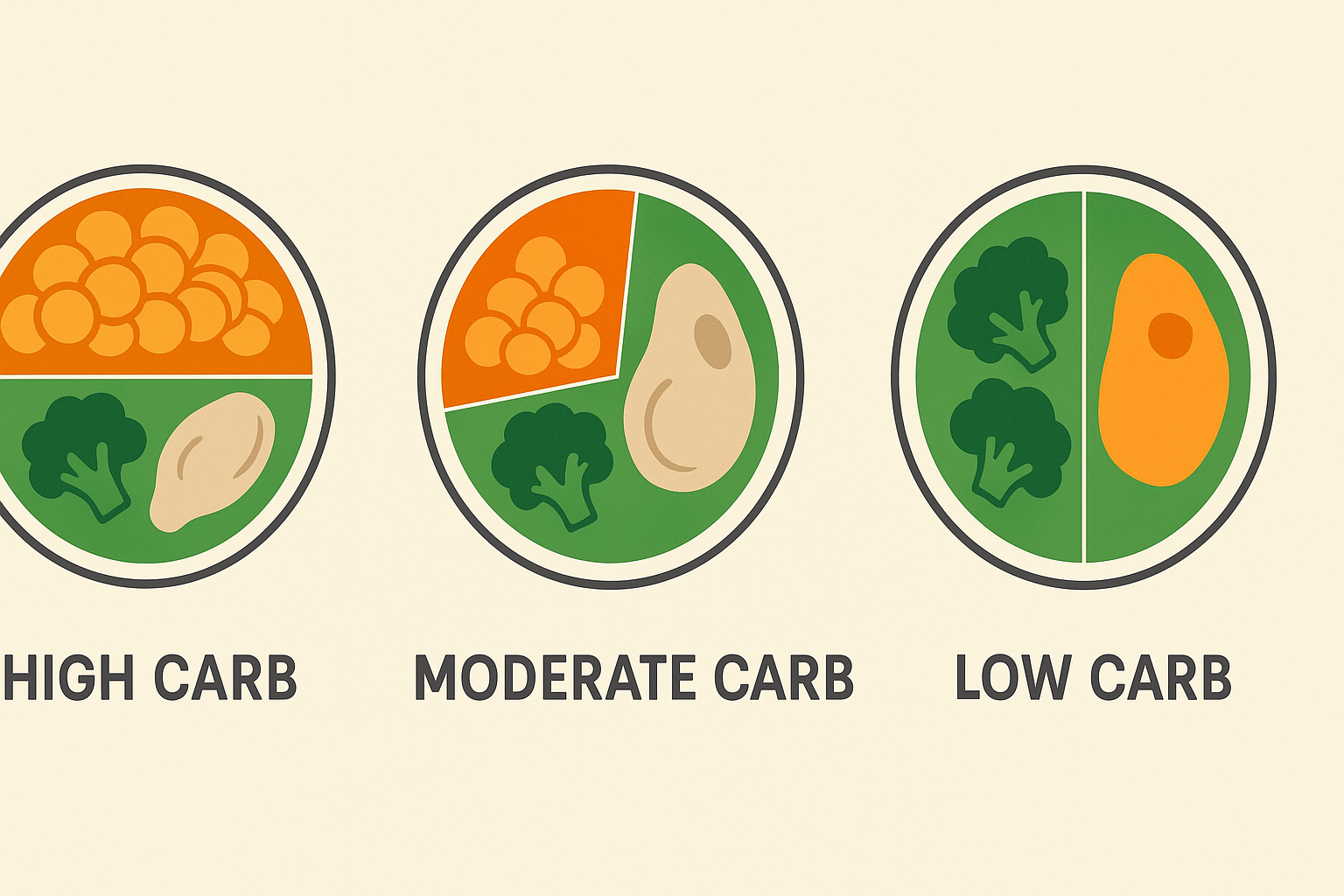
| Metabolic Type | Carbs | Protein | Fat | Best For |
|---|---|---|---|---|
| Higher Carb | 50% | 25% | 25% | Active individuals, morning exercisers |
| Moderate Carb | 35% | 30% | 35% | Balanced lifestyle, moderate activity |
| Lower Carb | 20% | 35% | 45% | Sedentary, insulin sensitive, evening exercisers |
Meal Frequency: Finding Your Natural Rhythm
Some people succeed with three 430-calorie meals, while others need five 260-calorie mini-meals, and still others prefer two larger meals with intermittent fasting. Your natural eating rhythm matters way more than following someone else’s arbitrary schedule.
I had to experiment to figure out that I’m a “three solid meals” person, not a grazer. My friend Jessica thrives on five small meals because she gets shaky between larger meals. Neither of us is doing it wrong – we’re just working with our bodies instead of against them.
Integrating Your Real Life Into Your Plan
Your work schedule, family obligations, exercise routine, and stress levels all impact which 1300-calorie approach will be sustainable long-term. The best plan on paper is completely worthless if it doesn’t fit your actual life.
Managing stress is particularly crucial when following any restricted calorie plan. Understanding where your body stores tension and its connection to emotional health can help you identify stress patterns that might sabotage your eating plan before they completely derail your progress.
Syncing Your Eating Pattern with Your Schedule
Aligning your largest meals with your natural energy demands and social obligations increases adherence and satisfaction within the 1300-calorie framework. Fighting against your natural rhythm is basically setting yourself up for failure.
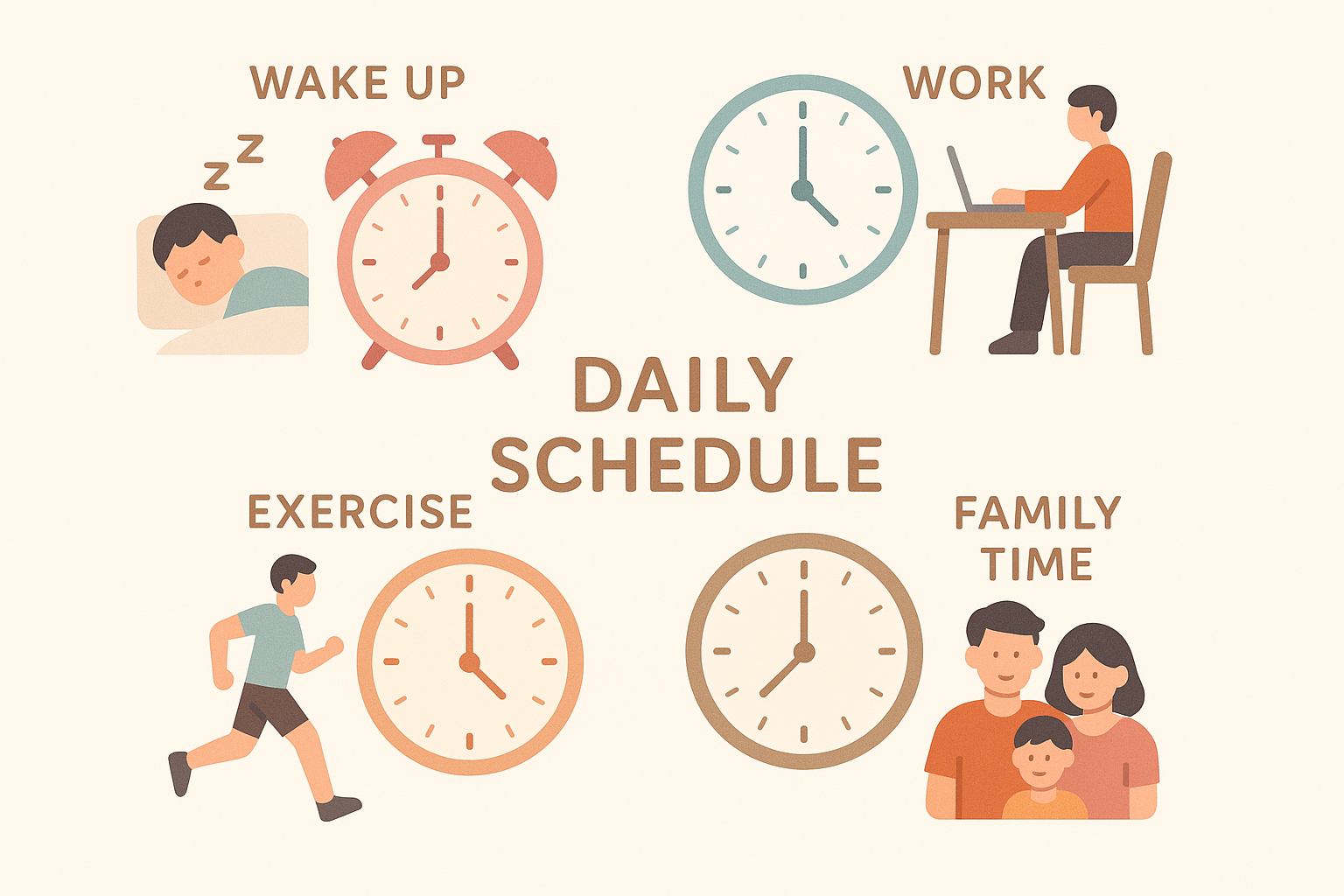
Stress-Responsive Calorie Distribution
High-stress periods may require different calorie distribution patterns within your 1300-calorie limit to prevent stress-eating and maintain adherence. Your plan needs to bend with your life, not break under pressure.
I identify my three highest-stress periods each week. During these times, I plan slightly larger meals (400-450 calories) to prevent stress-induced overeating. Then I reduce other meals accordingly to maintain the 1300-calorie total. It’s about working with my stress response, not pretending it doesn’t exist.
My friend Jennifer noticed her stress eating always happened during Tuesday evening work deadlines. Instead of fighting this pattern with willpower, she restructured her Tuesday meals: lighter breakfast (250 calories), normal lunch (350 calories), and a larger, more satisfying dinner (500 calories) right before her stressful work period. She also kept pre-portioned 200-calorie snacks ready for her stress response, staying within her 1300-calorie limit while actually honoring what her body needed.
Stress-Responsive Planning Checklist:
- ☐ Identify your 3 highest-stress periods weekly
- ☐ Plan larger meals (400-450 calories) during these times
- ☐ Reduce other meals to maintain 1300-calorie total
- ☐ Prepare stress-friendly snacks in advance
- ☐ Include calming foods when possible (herbal tea, magnesium-rich options)
This approach works better than any generic low calorie diet plan because it acknowledges your individual stress patterns rather than pretending they don’t exist.
Making Every Calorie Count: The Quality Revolution
Look, I’m going to be real with you for a second. When I first heard “make every calorie count,” I rolled my eyes so hard I nearly pulled something. It sounded like diet guru nonsense. But after living on 1300 calories for a while, I get it now – and it’s not as pretentious as it sounds.
The future of successful 1300-calorie meal planning isn’t about restriction – it’s about maximizing the biological value, satisfaction, and health-promoting compounds within each calorie you consume. When quantity is limited, quality becomes everything.
Maximizing Nutrient Density in Every Bite
Here’s the thing nobody tells you: when you’re eating 1300 calories, you can’t afford to waste any of them on junk that leaves you hungry an hour later. I learned this the hard way when I spent 400 calories on a muffin that tasted like cardboard and left me hangry by 10 AM.
According to nutritional guidelines, adults should have a caloric intake between 1,600 and 3,000 calories daily (BetterMe World), making 1300 calories a significant reduction that requires careful nutrient planning to avoid deficiencies. Translation: you’re eating less, so you better make it good.
I used to think “nutrient-dense” was just fancy talk for “boring vegetables.” Turns out, it’s more like “foods that actually make you feel satisfied instead of like you’re slowly starving.” Who knew?
When working with limited calories, focusing on nutrient-dense foods becomes essential. Learning about 5 simple ways to beat bloat and improve digestion can help maximize nutrient absorption from every calorie consumed – because feeling bloated when you’re already eating less is just adding insult to injury.
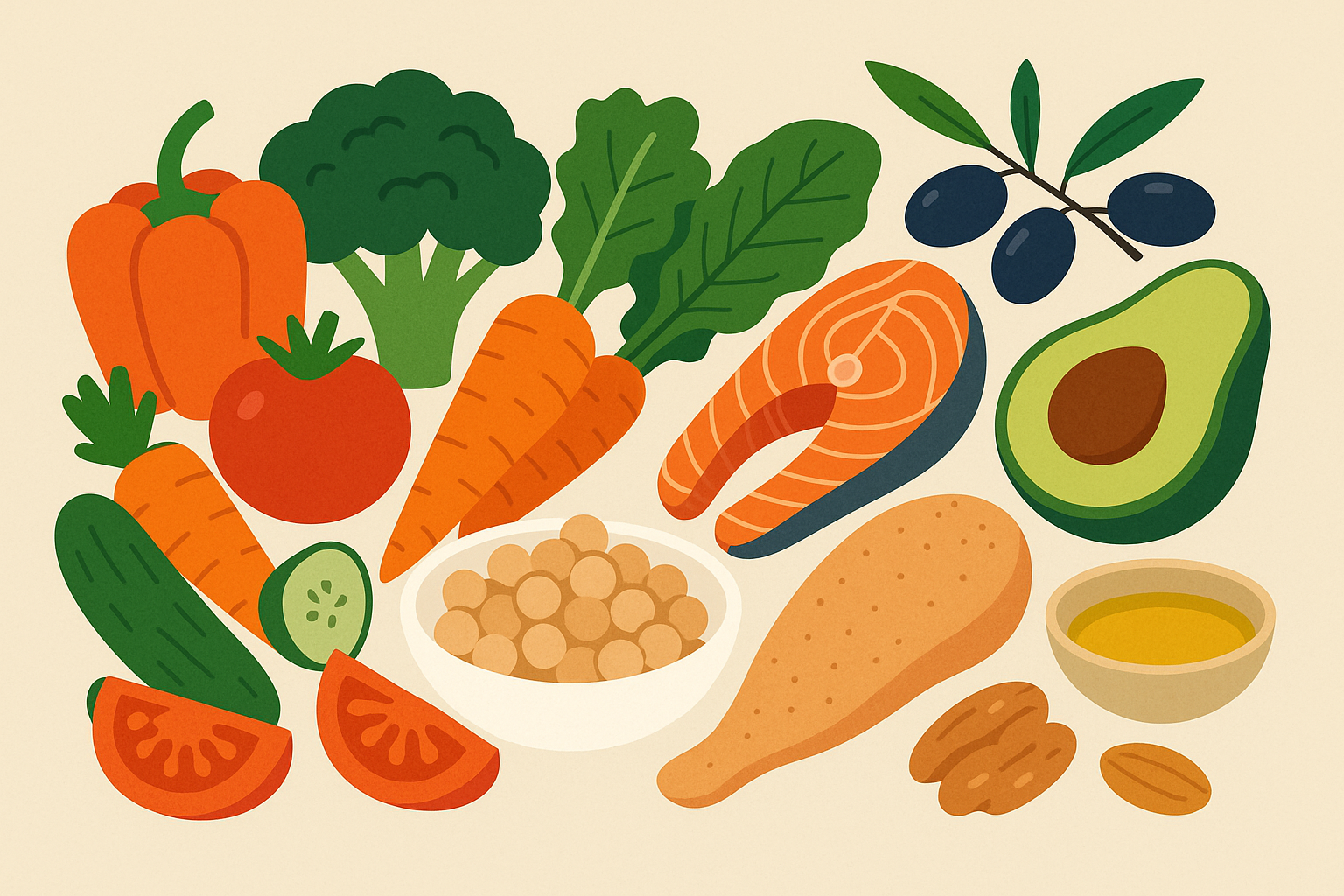
The Polyphenol Priority System
Okay, polyphenols sound fancy, but they’re basically the good stuff in colorful foods that make you feel better. I’m not asking you to memorize chemistry here – just eat the rainbow and you’re golden.
My rule is simple: if my plate looks like a box of crayons threw up on it, I’m probably doing something right. Berries, dark leafy greens, herbs, spices – basically anything that would make an Instagram food photo pop. The bonus? These foods actually fill you up instead of leaving you staring into the fridge twenty minutes later.
I include one high-polyphenol food in each meal – berries, dark leafy greens, herbs, or spices. Choosing colorful vegetables and fruits maximizes antioxidant variety. I incorporate herbs and spices liberally to add flavor without calories while boosting nutrient density. Every meal becomes a health-promoting powerhouse, not just fuel.
Strategic Fiber for Maximum Satisfaction
Can we talk about fiber for a hot minute? I used to think it was just something my grandmother worried about. Turns out, fiber is like having a best friend who tells you when you’ve had enough to eat. It’s the difference between feeling satisfied after a meal and feeling like you could eat the entire kitchen.
I aim for fiber in every meal, but I’m not counting grams like some kind of fiber accountant. More vegetables, some fruit, maybe some beans if I’m feeling fancy. Done.
Timing Your Healthy Fats for Maximum Impact
This is where I used to mess up big time. I’d save all my fat calories for the end of the day and wonder why I felt like garbage all afternoon. Turns out, your body actually needs fat to function throughout the day – wild concept, right?
Now I spread my fat calories throughout the day. A little olive oil at lunch, some avocado at breakfast, nuts as a snack. Nothing revolutionary, just common sense that took me way too long to figure out.
Engineering Meals That Actually Satisfy You
“Engineering meals” sounds like I’m building rockets, but really it’s just “how to not feel like you’re on a diet while you’re on a diet.” The goal is to trick your brain into thinking you’re eating more than you are – and before you judge me, it actually works.
Creating meals that provide maximum psychological and physiological satisfaction within calorie constraints requires understanding the science of satiety signals and food pleasure. Satisfaction isn’t about quantity – it’s about hitting the right triggers.
The Texture Variety Advantage
Here’s something weird I discovered: eating the same texture gets boring fast, even if the food tastes good. It’s like your mouth gets bored and starts looking for something more interesting (usually in the form of chips or cookies).
So now I make sure every meal has something crunchy, something creamy, and something with a bit of chew to it. Not because I read it in a textbook, but because meals with different textures actually keep me satisfied longer. My brain thinks it’s getting variety, so it stops sending me “find more food” signals.
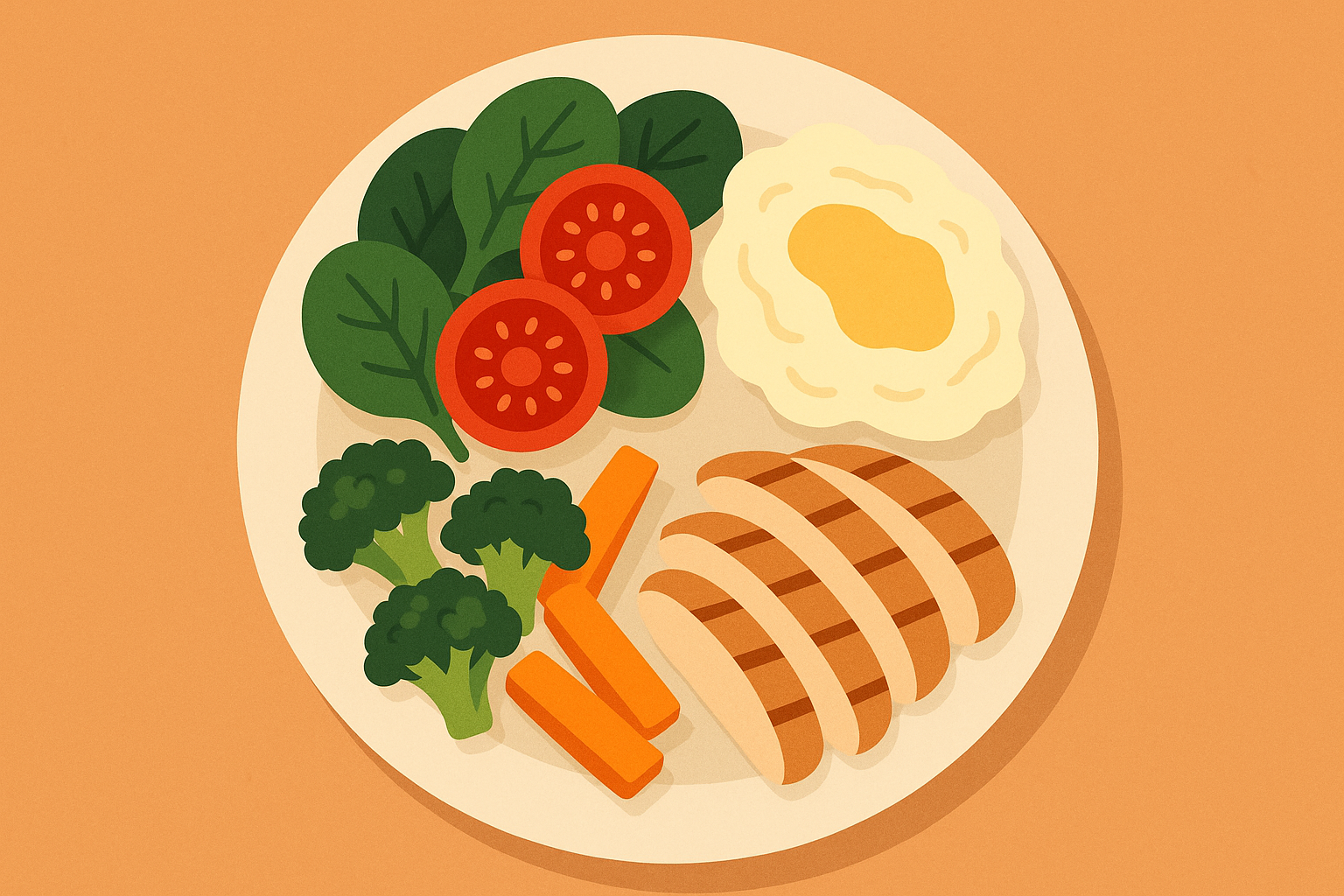
Building Complex Flavors Within Calorie Limits
This is where I went from feeling deprived to actually looking forward to meals. Turns out, when you can’t eat a lot, you better make sure what you do eat tastes amazing.
I’m not talking about becoming a chef overnight. I’m talking about using garlic, herbs, lemon juice, hot sauce – stuff that adds zero calories but makes food taste like you actually care about yourself. The difference between plain grilled chicken and lemon-herb grilled chicken is the difference between “ugh, diet food” and “hey, this is actually pretty good.”
I include at least three different textures in each main meal – something crunchy, something creamy, something chewy. Using fresh herbs, dried spices, and acid (lemon, vinegar) builds flavor complexity without adding calories. Different cooking methods (roasting, grilling, steaming) enhance natural flavors and create variety.
My lazy person’s flavor toolkit:
- Garlic powder (because fresh garlic requires planning)
- Lemon juice (the magic ingredient for everything)
- Hot sauce (makes cardboard taste good)
- Whatever herbs are still alive in my fridge
- Salt and pepper (revolutionary, I know)
Meal Satisfaction Enhancement Template:
- ☐ Include 3 different textures per meal (or at least try)
- ☐ Add 2-3 herbs or spices (even if it’s just garlic powder)
- ☐ Include one acidic element (lemon works for everything)
- ☐ Vary cooking methods when you have energy
- ☐ Use colorful ingredients (your eyes eat first, apparently)
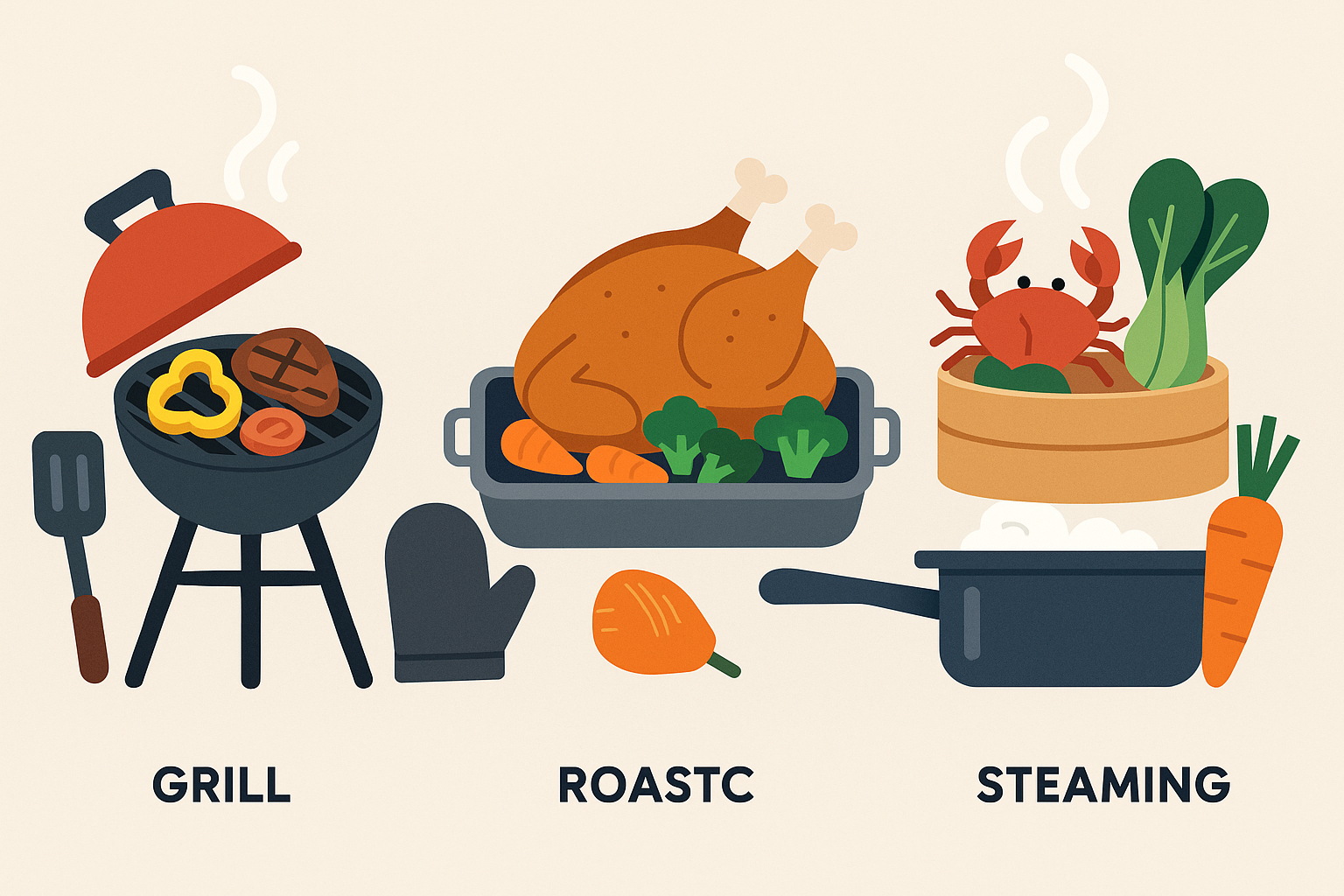
The truth is, most days I don’t hit all these points perfectly, and that’s fine. The goal isn’t to create Instagram-worthy meals every time – it’s to make sure you don’t feel like you’re punishing yourself with every bite.
Speaking of maximizing nutrition within limited calories, this is where Organic Authority’s premium collagen supplements can provide additional support. When you’re eating 1300 calories, every nutrient counts, and their marine-sourced collagen offers superior bioavailability to support your skin, hair, and nail health during periods of caloric restriction. [Check out their collagen collection here] to ensure you’re getting maximum nutritional support while maintaining your structured approach to eating.
Final Thoughts
Look, I’m not going to lie to you and say that eating 1300 calories is easy or that you’ll never feel hungry. Some days you will. Some days you’ll want to eat everything in sight. Some days you’ll nail your meal plan, and other days you’ll eat cereal for dinner because life happened.
A 1300-calorie meal plan isn’t magic. It’s not a cure-all for your relationship with food, and it won’t solve all your problems. What it can be is a tool that works when you need it to work, assuming you’re realistic about what you’re signing up for.
The whole hormone thing, the psychology stuff, the metabolic flexibility – it all matters , but not in some complicated, overwhelming way. It matters because understanding how your body works helps you work with it instead of against it. And working with your body instead of fighting it makes everything so much easier.
Your body will tell you what it needs if you pay attention. Your stress patterns will show you when you need bigger meals. Your energy levels will reveal whether you need more carbs or more protein. You don’t need a PhD in nutrition – you just need to listen to what your body is actually telling you.
The key isn’t perfection. It’s finding an approach that works most of the time, for real life, with all its beautiful messiness. Some weeks you’ll meal prep like a champion. Other weeks you’ll wing it and hope for the best. Both are completely fine.
This isn’t about becoming a different person or having superhuman discipline. It’s about working with the person you already are, stress and schedules and preferences included. Because the best meal plan in the world is worthless if it doesn’t fit your actual life.
So give yourself permission to adjust, to mess up, to start over when you need to. The goal isn’t to follow someone else’s perfect plan – it’s to find your own version of “good enough” that you can actually live with. Your hormones will guide you if you know how to listen, your stress patterns will reveal the optimal meal timing, and your individual metabolic type will determine the macronutrient ratios that make this 1300 calorie meal plan sustainable for the long haul.
Perfect is the enemy of pretty good, and pretty good is enough.
